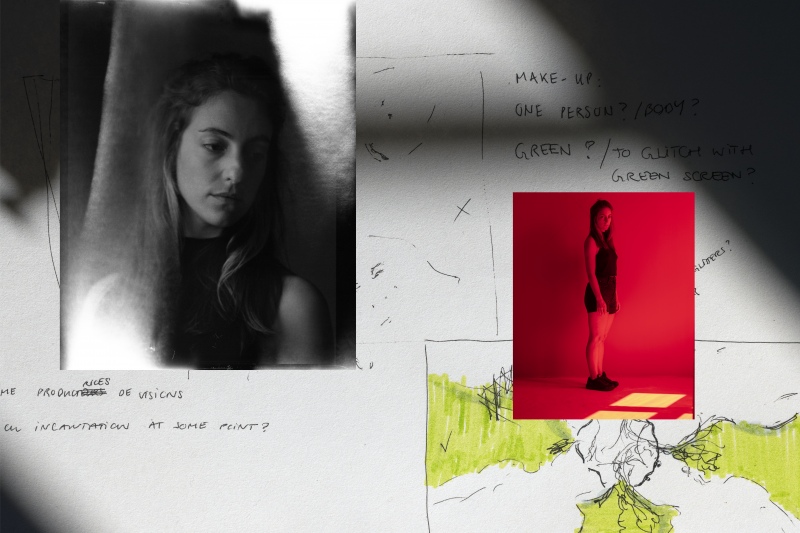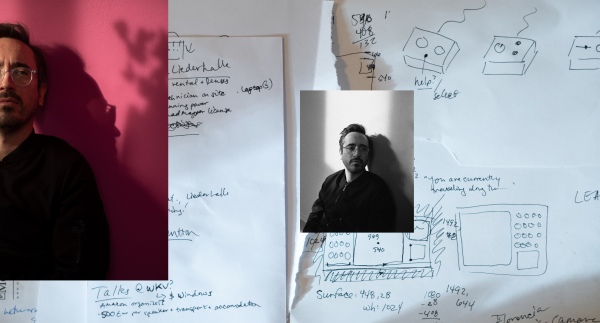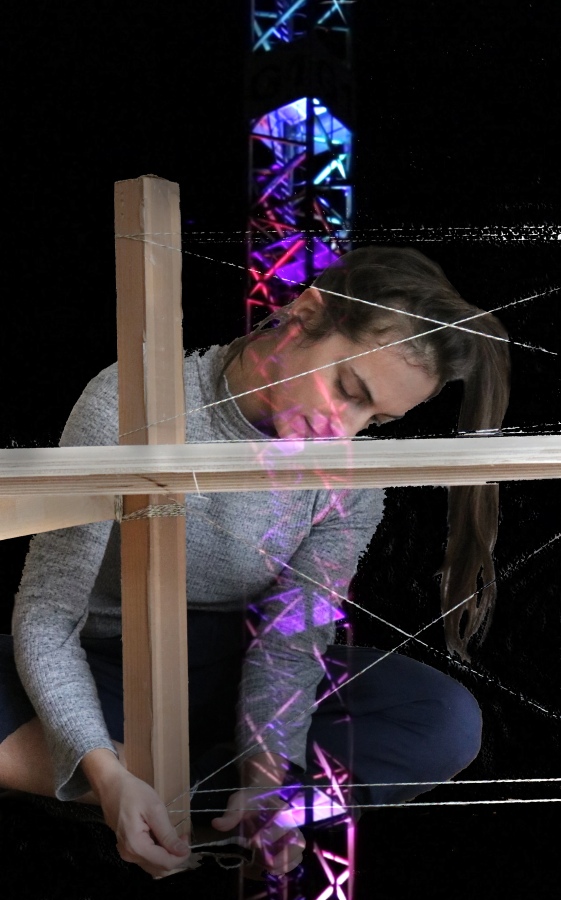Reclaiming collectivised spaces of existence
Nadia Elamly in conversation with Klara Czerniewska-Andryszczyk
-
It seems that public space is a leitmotif for quite a few of the residents I spoke with recently. It’s also interesting to observe how art institutions are then framing that in a specific context. How did you become fascinated with this subject?
- It all started because I was facing a huge redevelopment project in a town where I used to live, between Lausanne and Geneva in Switzerland. It was related to a semi-public railway company that has been carrying out around 30 similar projects across Switzerland. Together with other private and public entities, this company has been able to redevelop huge neighbourhoods in city centres in a quite problematic way. The new neighbourhoods have been standardised in a way that establishes and disseminates a neoliberal way of life that is stereotypically advertised using visions of new inhabitants embodied by nuclear white families and productive workers. I have also seen how people were evicted and how the public sphere has been depleted of such structures as free and accessible public benches – these were actually the first structures to be dismantled when the redevelopment started. I feel that in Switzerland, ideas such as “deal with your own shit in private, please”, “don’t occupy the public space”, “don’t count on each other”, “don’t rely on public structures” are very present. Focusing on the case of those benches provided me with a framework to talk about this. It is a motif you can observe in various places; it is prone to a number of cultural and social practices. In Switzerland, for example, the benches have either been dismantled or transformed into individual seats, reflecting the dominant political processes at stake, making collectivised free structures of subsistence less hospitable, even hostile.
- Taking my observations as a starting point, I came up with a research project called BAN-C. The name is a play on words in French that reflects an attempt to transform the politics of banishment (“ban”) into practices of hospitality and inclusion (“banc” – bench in French). The idea of it is to explore the manifold sense of this word, as well as the various powers and potentialities of the figure of a public bench, which for me, from a feminist documentarist perspective, is a tool or a technology that allows us to see and be seen, providing space to test ideas and provoke visions.
-
What methodologies and theories are you referring to?
- For me, it all started with Judith Butler and her analysis of public space occupations as a form of protest against neoliberal structural precarity and the use of the performativity of the body in it. I was initially struck by this interesting intertwining: the fact that the structural struggles of subsistence, considered in the neoliberal paradigm as “private” and supposedly kept inside the house, are reclaimed outside, in the public space. Another important inspiration in the research were the writings of feminist thinkers and philosophers who investigate ways to come back to everyday forms of actions and resistance. Departing from materialist feminism, I have tried to find other ways of thinking that escape the dichotomy of male/female and private/public. Another important inspiration, at the crossroads of my video practice and this interest in the occupation of public, visible, collective, civic space, is decolonial cinema as a field of research that investigates self-determination through the practices of self-representation. Finally, another important perspective is provided by a queer reading of the transformative potentials of occupying public space. It is an approach through which I try to think how to cruise the uncontrolled encounter of the aleatory “Other” in the public space, to think up ways to subvert the reproduction of sameness, which I read as politically and culturally fascist and conservatist. I am digging into it in my new project here in Warsaw.
-
-
Can you tell me more about it?
- The movie I am working on now is trying to build an urban legend. I like the concept of the legend as it is a narrative mode in which, like gossip, rumour, and even lies, the fiction is able to destabilise and question what is “true”, and by doing so to give strength to alternatives to the dominant “reality”.
- It all started here in Warsaw when I met a group of friends who practice high heels dance. I started to dance with them and the more I learned about this practice, the more I thought it had very interesting connections with a wide range of topics that I tackled in my research: from performativity, to sexuality as self-production, to collectivity. I asked myself how their practice could inform the reclaiming of the collectivised spaces of existence that I had been interested in for so long. So I invited them to work with me.
- Burning This Glass is the movie project born out of our encounter. It stages a composite dancing family, whose members pace up and down the pavements of the same host city, in high heels. The narration takes place in various public and private spaces of Warsaw, such as the modernist walls of a kitchen, or between two mirrored facades of brand new skyscrapers. The movie, which is an auto-mytho-portrait, seeks to learn from the power to create visions of oneself through social media, drag performance and sensual dancing in public, to create visions of forms of existence escaping the binary perceptions of space (public/private), relations (individuality/collectivity) and time (past/future). Through rehearsals, synchronisation, memorisation and transmission, it also attempts to rethink and subvert practices of reproduction as repetition. The audience of the movie are then guests who take part in these visions of chosen visibility, and in doing so they contribute to spreading the r(h)umour of an ever-growing community who spread the clicking of their high heels across the city.
- Warsaw, 25 May / 5 December, 2021


